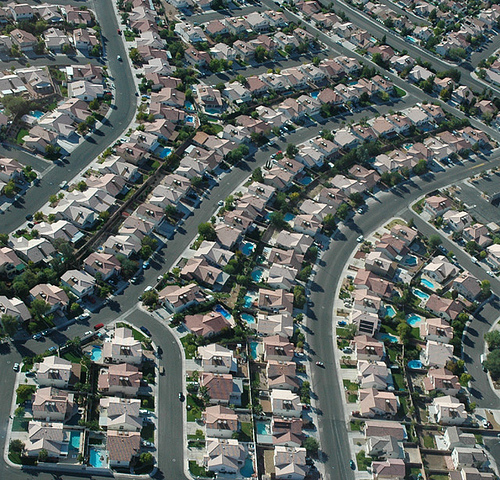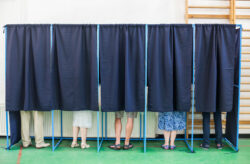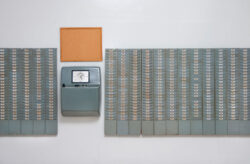The Future for the Suburban Church: Poorer, Denser, Grayer, and More Diverse
Sam Rainer
The fastest growing area of poverty in the United States is in the suburb. The Brookings Institute released a report in January that details the change in the U.S. poor population by community type. Here’s one of many findings in their report:
Between 2000 and 2008, suburbs in the country’s largest metro areas saw their poor population grow by 25 percent—almost five times faster than primary cities and well ahead of the growth seen in smaller metro areas and non-metropolitan communities. As a result, by 2008 large suburbs were home to 1.5 million more poor than their primary cities and housed almost one-third of the nation’s poor overall.
Over the course of this decade, two economic downturns translated into a significant rise in poverty, nationally and in many of the country’s metropolitan and non-metropolitan communities. Suburbs saw by far the greatest growth in their poor population and by 2008 had become home to the largest share of the nation’s poor.
I’ve blogged before about the dramatic change occurring in the American suburb. What was once predominantly full of white, young, middle-class families is now shifting quickly. And many suburban churches are facing the same issues and decisions as urban churches were a generation ago.
Suburbs are getting denser—many of them being retro-fitted with new town centers providing a full slate of amenities within walking distance. Churches that move towards smaller, micro-sites are more likely to reach the segment of the population living here.
Suburbs are graying. The “senior” population will grow 36% between 2010 and 2020 due to the aging Boomer generation. The church that calls the Boomers “seniors” and attempts to reach them with existing models of senior ministry will fail. Just the name alone turns Boomers off—they hate being called seniors.
Suburbs are becoming more diverse. The influx of Latino, black and Asian students accounts for 99% of the increase in the student population of public schools in the suburbs. Suburban churches that remain homogeneous will have an uphill battle reaching the next generation that views heterogeneity as normative. These students will gravitate towards churches that mirror the ethnic diversity of their schools.







